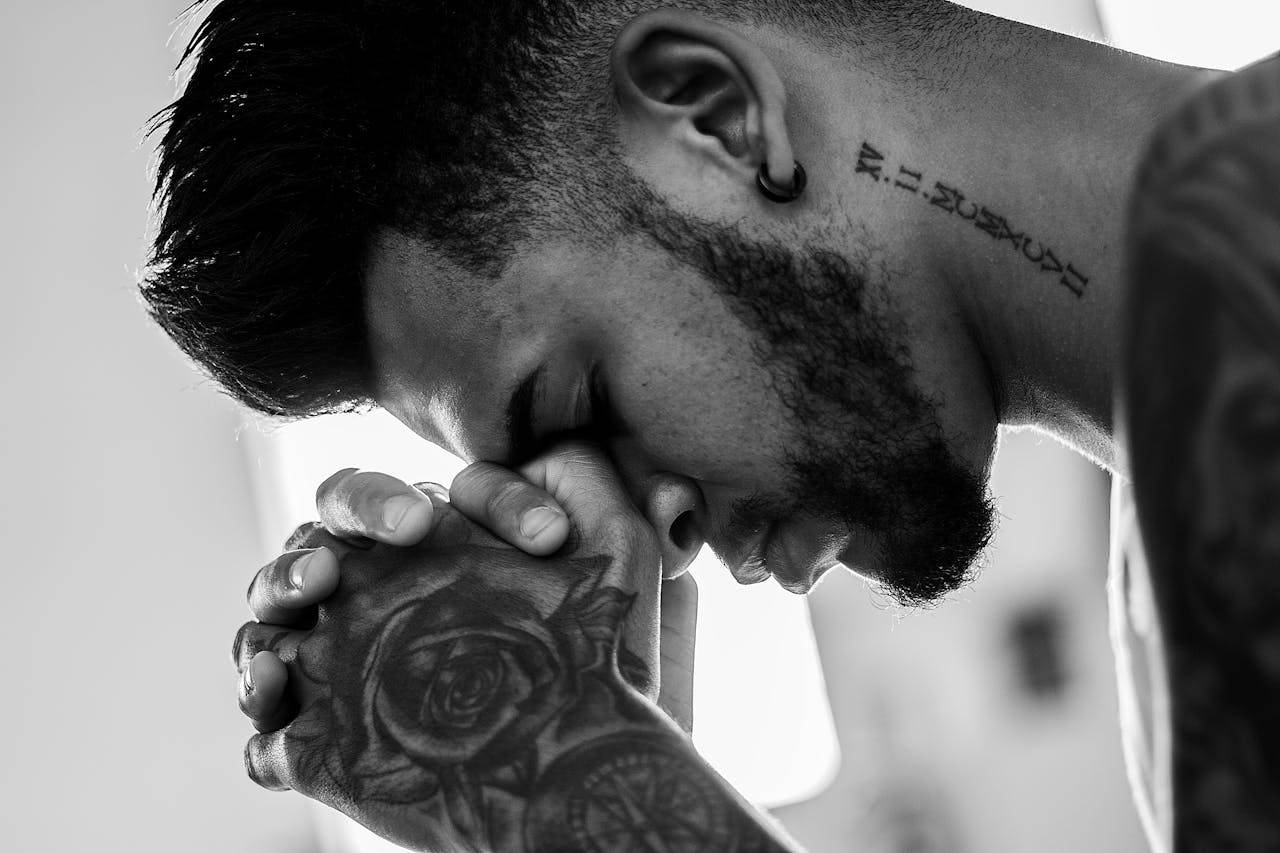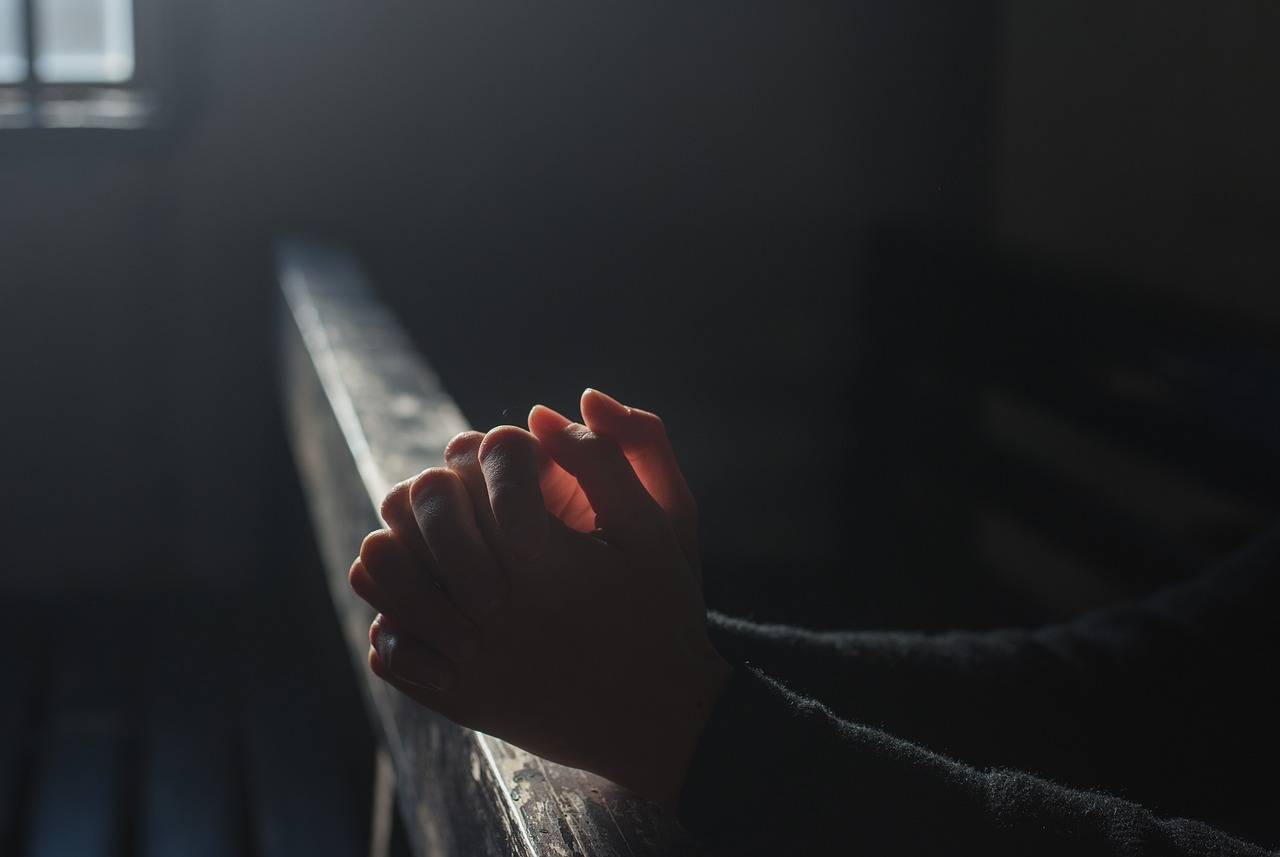[Warning: This commentary contains spoilers.]
I saw “The Last Jedi” twice. First by myself during Thursday night previews, and second with my family on the Friday night opening. Seeing it the first time — no doubt influenced by overwhelmingly positive reviews and social media reaction — I was profoundly let down and bewildered.
After seeing it the second time, however, I left with a more positive experience; not only because I had adjusted my expectations, but because I saw my wife and children (who aren’t hardcore fans) clearly enjoying themselves.
“The Last Jedi” is an entertaining movie. It just isn’t a Star Wars movie. Indeed, it is explicitly trying not to be a Star Wars movie.
The plot twists, action sequences, and humor (mostly) work. Every major scene’s establishing shot could be its own poster. The film is cinematically breathtaking.
We should therefore not be surprised that, according to Rotten Tomatoes, 92 percent of critics liked it.
But the Star Wars fans who have seen the film apparently liked it a lot less. The Rotten Tomatoes “audience score” currently sits at a poor 53 percent, with more than 142,000 votes cast.
Rian Johnson, the film’s very creative director, should be the last person surprised at such an evaluation. He put his primary goal for the film in the mouth of Adam Driver’s character, Kylo Ren, “Let the past die. Kill it, if you have to. It is the only way you can become who you were meant to be.”
One of the criticisms of the previous Star Wars episode, “The Force Awakens,” was that director J.J. Abrams essentially did a rehash of George Lucas’s first movie, “A New Hope.” And while that criticism doesn’t quite fit the facts, it is true that “The Force Awakens” channeled profound themes and lore from the original trilogy into an 88 percent audience rating while becoming the biggest U.S. box office hit of all time.
Johnson’s “The Last Jedi,” however, explicitly tries to kill Star Wars’ past — and even gleefully plays with what it considers to be the audience’s wrongheaded expectations in doing so.
There are multiple examples of this, but perhaps the best is how the character of Luke Skywalker is handled. Star Wars fans know Luke well—his quintessential hero’s journey (coming directly from the work of Joseph Campbell, which inspired much Star Wars lore) served as the basis of the story arc of the original trilogy. Though having the rashness of youth, he overcame temptation to the dark side, even resisting the power of Darth Sidious himself at the end of “Return of the Jedi.”
Abrams had set up Luke as feeling responsible for his nephew, Ben Solo, turning to the dark side and slaughtering Luke’s students and destroying his new Jedi academy. Luke then leaves everyone behind to search for the first Jedi temple — presumably to find some knowledge or wisdom that would help him realize his mistakes as a teacher. And in the final scene, when Rey finds Luke standing on an island’s cliff and holds out his father’s lightsaber, Luke’s pained gaze portrays how seriously he takes the offer.
Johnson’s film picks up where Abrams left off. After an ill-timed series of jokes (which, for some reason, reference waiting on hold during a telephone call), the movie gets right to the business of killing the past. Instead of honoring the gravity of the moment from the previous film, Johnson’s Luke nonchalantly tosses his father’s lightsaber over his head as so much trash.
There could not be a better metaphor for what Johnson did with Star Wars more generally, and the character of Luke Skywalker in particular.
Johnson’s Luke didn’t go in search of the first Jedi temple. This Luke makes it clear he didn’t even bother to read the sacred texts he found there. No, we are told he came to the island “to die.”
This Luke didn’t try to save his friends when he realized they were in danger. He selfishly and cowardly sulked in a stone hut. We learn that this Luke, rather than honoring the good in his family members by trying to turn them from the dark side, made the cold calculation to murder his sleeping nephew — the son of his sister and best friend — in light of the darkness he sensed within him.
Could we could imagine a broken and defeated Luke Skywalker giving into his fear and anger and contemplating such a horrific act? Maybe. But we learned that Luke considered this kind of murder before his nephew went dark. Indeed, it ends up being precisely because Luke raises his lightsaber against his own flesh and blood that Ben Solo becomes Kylo Ren.
This sorry episode supposedly occurs only a few years after Luke says, “I can’t kill my own father” in response to Kenobi asking him to stop the Empire by killing Darth Vader. Even in the face of an actual (not just possible) existential threat, Luke can’t imagine killing a family member. Indeed, the lesson Luke learns—and that he taught all of us growing up with him—was that the future is not set, but “always in motion.” It is by pursuing and lifting up the goodness in others that evil is authentically and ultimately defeated.
Johnson’s Luke, a totally foreign character, is light-years away from that lesson. This Luke instead makes a crude utilitarian calculation about what the results might be from his killing an innocent person.
Audiences are also denied a scene with authentic Luke, lightsaber lit and at the height of his Force powers, taking on the bad guys. To make matters worse, Johnson actually plays with his audience by creating a scene in which he tricks us into thinking we are getting precisely this. But it turns out to be fake as Luke is merely using a new power (Force projection?) to create an apparition of himself on the battlefield though in reality he is far away on another planet.
Johnson’s message to Star Wars fans couldn’t be clearer, “The Luke from the original trilogy no longer exists. He is as ephemeral as the apparition you wanted to believe in.”
Soon after, even the pathetic remains of Johnson’s Luke are discarded as, without explanation, he disappears into the netherworld at the end of the film. Combined with the untimely death of Carrie Fisher, it looks as if the past of Star Wars may be truly dead.
But what happens to Luke’s character is only one example of how Johnson’s film resists established Star Wars facts and norms at the service of making the past irrelevant.
Supreme Leader Snoke, who appears to be undead (or perhaps regenerating from dead tissue), has been built up as an incredibly strong dark side force user who could twist Ben Solo’s mind from afar. As powerful as Rey and Kylo Ren are, Snoke is on a different level and merely toys with them. His origins have therefore been the subject of much speculation, but “The Last Jedi” doesn’t feel any need to tell us anything about his past, and thus it is impossible to care much about his death.
Speculations about Snoke’s origins were exceeded only by those about Rey’s parents. “The Force Awakens” makes a big deal about her origins—both directly and indirectly. We are shown (in flashback) the dramatic scene where her parents abandon her, and we are presented with a Rey that has nearly unbelievable Force powers. Especially given her background as a scavenger.
One of the first lines of that film, put in the mouth of Lor San Tekka, is, “You cannot deny the truth that is your family.”
This, coupled with the importance of family in the original trilogy, caused fans to speculate. Was she a Skywalker? Solo? Kenobi? Even a Palpatine? Johnson was asked about this before the movie’s release, and cryptically said that who Rey’s parents are matters “to her.” Now we know the subtext: Rey’s family is unimportant. Luke refers to her as, “Rey from nowhere.” We are told her parents were random junkers who sold her into slavery to get drunk.
But this leaves a huge hole in her character. How did Rey use a Jedi mind-trick without training? How did she defeat even a wounded Kylo Ren without training? How can she expertly fly a ship she’s never flown before without training?
Critics of her character in “The Force Awakens” called her a “Mary Sue”; that is, someone who is ridiculously good at everything without explanation. Johnson’s choice to kill her past totally undermined those of us who were trying to defend her character from this charge. Her incredible and wide-ranging skills are now completely without explanation.
I suppose Star Wars fans should have been ready for this kind of film when we learned Mark Hamill, upon reviewing the script for the first time, “fundamentally disagreed” with everything Johnson was doing with this character. Even since the movie came out, Hamill has said, “He’s not my Luke Skywalker.”
And this suggests a very interesting question: Who has the authority to say who Luke Skywalker is? Who has the authority to say what Star Wars is?
One might answer, “George Lucas,” but he sold Lucasfilm to Disney for billions of dollars and they now have at least the legal authority he once had.
But can Disney now simply undo fundamental things Lucas did and still have what they are doing remain Star Wars? This doesn’t seem quite right. Suppose Disney came out with “Star Wars” movie that had major characters randomly break out into song and dance numbers like a musical. This would clearly violate rules set up before Disney bought the property, and would not be Star Wars.
And what about the authority of the original actors? Who has more authority to say who Luke Skywalker is: Mark Hamill or Rian Johnson? Surely the actor who originally brought Luke to life, at the very least, has insight which ought to carry serious weight. If Hamill thought Johnson’s vision was fundamentally mistaken, Disney should have honored his authority.
What about the fans? Do we have some authority? It appears so: when our reaction is overwhelmingly negative, for instance, ideas or even whole storylines (like the dreaded “midichlorians” or the supremely annoying character of Jar Jar Binks) are ignored or changed.
I’ve written about how this kind of complexity mirrors the complexity of how authority functions in extended traditions — including that of the Catholic Church. How does the authority of the current pope relate to the authority of past popes? To past ecumenical councils? To Scripture? To local bishops’ conferences? To the sense of the faithful? The questions of how authority plays out given all these layers can be quite complex—as we have discovered all too well during the pontificate of Pope Francis, and many other times in the Church’s history.
Happily, Star Wars: Episode IX will be turned back to a new authority: J.J. Abrams. He is not only someone who has more respect for what came before him, I believe he also has more respect for the sense of the Star Wars faithful — many of whom very much reject what has been done in “The Last Jedi.” Indeed, a week into its release, “The Last Jedi” is holding its audience at a lesser rate than any of the eight previous Star Wars movies.
One thing Johnson’s film proved is that a Star Wars movie can undo much of what the previous movie tried to establish.
Here’s hoping J.J. can make things right. Again.
Charles C. Camosy is Associate Professor Theological and Social Ethics at Fordham University and contributor to Star Wars and Philosophy: You Must Unlearn What You Have Learned.















